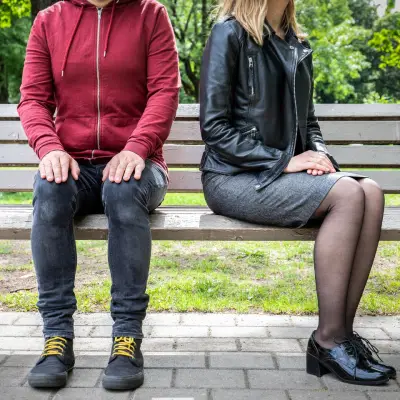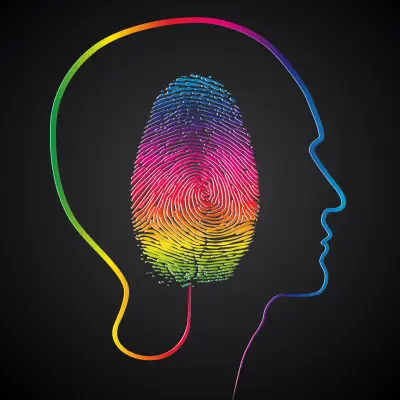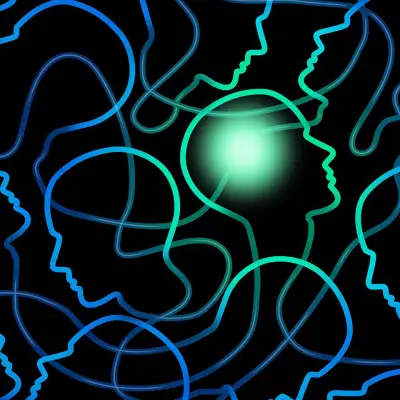Have you ever found yourself reacting in ways you didn't fully understand when faced with stress or danger? These reactions might be linked to the body's trauma responses. Understanding these can help you make sense of your behaviours and emotions, and pave the way for healthier coping strategies.
This article explores the five trauma responses: fight, flight, freeze, flop, and fawn. We'll break down what each response means, how they manifest, and what you can do about them.
Jump to:
What Are Trauma Responses?
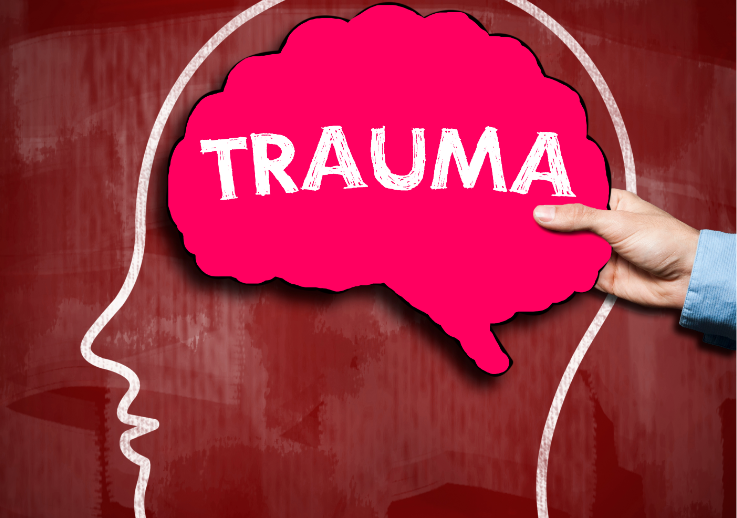
When faced with a threat, our bodies react in ways that have been hardwired through evolution. These responses are automatic and designed to protect us. But in today’s world, where threats are often more psychological than physical, these responses can sometimes do more harm than good.
How do Trauma Responses Develop?
Trauma responses develop as a survival mechanism. They are often formed in early childhood or after experiencing significant trauma. These responses are the body's way of protecting itself from perceived threats, even if those threats are no longer present.
Recommended for you!
Best SellersWhat is the Difference Between Fight, Flight, Freeze, Flop, and Fawn?
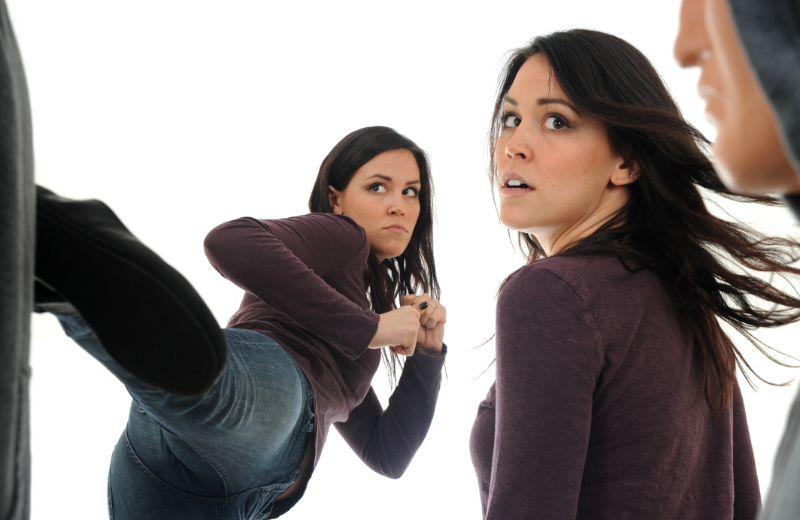
The fight, flight, freeze, flop, and fawn responses are all ways the body reacts to perceived threats.
- Fight: Confronting the threat aggressively.
- Flight: Running away or avoiding the threat.
- Freeze: Becoming immobilised and unable to act.
- Flop: Becoming passive or compliant, almost as if going limp.
- Fawn: Trying to please or appease others to avoid conflict.
Each response serves a different purpose and is triggered by different types of perceived threats. Below, we’ll go into more detail about each trauma response, including signs and symptoms.
1. Fight Response
The fight response is your body's way of gearing up to confront danger head-on. When triggered, you might feel a surge of anger or aggression. This response can be helpful when you need to defend yourself, but it can also lead to conflicts and problems in relationships.
Fight Response Signs and Symptoms
- Feeling angry or irritable
- Acting aggressively
- Clenching fists or jaw
- Feeling a need to control the situation or others
2. Flight Response
The flight response is all about getting away from the threat as quickly as possible. This could mean physically leaving a situation, but it can also manifest as avoiding certain people, places, or activities that make you anxious.
Flight Response Signs and Symptoms
- Feeling restless or fidgety
- Wanting to escape or avoid certain situations
- Experiencing panic or anxiety
- Overworking or becoming overly busy to avoid dealing with stress
3. Freeze Response
The freeze response is similar to playing dead. Your body might shut down or become immobilised, making it difficult to act or even think clearly. This response can be particularly frustrating because it feels like you can't do anything at all.
Freeze Response Signs and Symptoms
- Feeling stuck or unable to move
- Difficulty making decisions
- Numbness or detachment from reality
- Disassociating from the present moment
4. Flop Response
The flop response is less commonly discussed but equally important. It involves becoming passive or compliant, almost like going limp. This can be a survival strategy, especially in situations where resistance or escape seems impossible.
Flop Response Signs and Symptoms
- Submissiveness or compliance
- Feeling paralysed or helpless
- Lack of resistance or assertiveness
- Extreme fatigue or feeling faint
5. Fawn Response
The fawn response, often less understood, involves people-pleasing behaviours. It’s a way to appease and avoid conflict, often seen in adults who have experienced trauma. Fawning over others might help you feel safer in the short term but can lead to unhealthy relationships and loss of self-identity.
Fawn Response Signs and Symptoms
- Difficulty saying no
- An overwhelming need to please others
- Suppressing your own needs and desires
- Seeking approval or validation constantly
Addressing Trauma Responses

Understanding your trauma responses is the first step towards healing. Here are some ways to address and manage these responses:
- Self-Awareness: Recognising your patterns is essential. Journaling or talking with a therapist can help you identify which trauma responses you tend to rely on.
- Therapy: Therapies like Cognitive Behavioural Therapy (CBT), Eye Movement Desensitisation and Reprocessing (EMDR), and trauma-focused therapy can be very effective.
- Mindfulness and Relaxation Techniques: Practices like meditation, deep breathing, and yoga can help calm the nervous system and reduce the intensity of trauma responses.
- Building Healthy Relationships: Surrounding yourself with supportive people and setting boundaries can help mitigate the fawn response. It's important to prioritise your needs and well-being.
- Professional Help: Sometimes, professional help is necessary to navigate through these responses. A mental health professional can provide the tools and support needed to heal from trauma.
Frequently Asked Questions about Trauma Responses
Can someone experience more than one trauma response?
It’s common for people to experience multiple trauma responses, either simultaneously or in different situations. For example, someone might freeze in one situation and fawn in another. Understanding your dominant responses can help in managing and addressing them more effectively.
Are trauma responses always linked to PTSD?
While trauma responses are common in individuals with PTSD, they can also occur in people who have experienced trauma but do not meet the full criteria for PTSD. It's important to recognise and address trauma responses regardless of whether they are part of a PTSD diagnosis.
How can I tell if I have a trauma response?
Recognising a trauma response involves self-awareness and observation of your reactions to stress or danger. Common signs include:
- Overreacting or underreacting to stress.
- Difficulty managing emotions.
- Recurrent patterns of avoidance or aggression.
- Feeling immobilised or detached.
Talking to a mental health professional can also help in identifying and understanding your trauma responses.
Is it possible to unlearn trauma responses?
It’s possible to unlearn or modify trauma responses. This often involves therapy, mindfulness practices, and developing new coping strategies. Over time, with the right support and interventions, you can learn to respond to stress in healthier ways.
How can I support someone experiencing a trauma response?
Supporting someone with a trauma response involves:
- Providing a safe and calm environment.
- Listening without judgment and offering emotional support.
- Encouraging them to seek professional help.
- Being patient and understanding of their reactions and needs.
Can children exhibit trauma responses?
Children can exhibit trauma responses similar to adults. These responses may manifest as behavioural changes, regression to earlier developmental stages, or physical symptoms like headaches or stomach aches. It's important to provide a supportive environment and seek professional help if needed.
Recommended for you!
Best SellersStudy PTSD for £29
If you're interested in learning more about trauma and how to manage its effects, consider taking the Post Traumatic Stress Disorder Awareness Course offered by Centre of Excellence. This course is available at a discounted price of £29 and provides detailed insights and practical strategies for dealing with PTSD.




